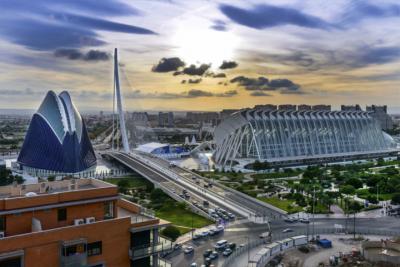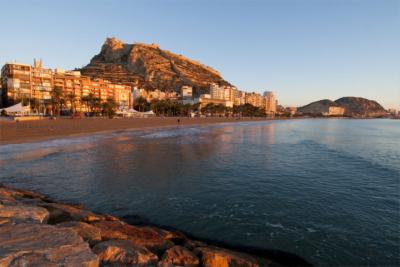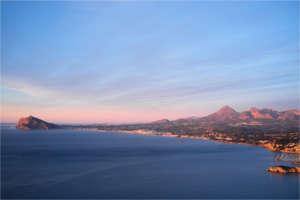Travel Offers
Travelmyne Featureprint
Distance
Valencia – The Dynamic Metropolis at the Costa Blanca
Valencia is a dynamic and vibrant metropolis which is characterised by the opposites of history and modernity. Numerous buildings bear testimony to the city's eventful past, while the City of Arts and Science represents tomorrow's Valencia.
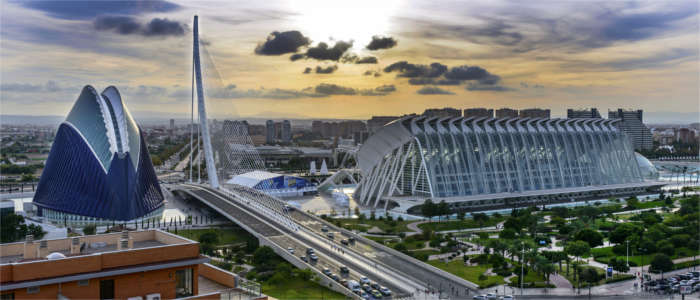
Geography - Spain's third biggest city
Valencia is a big city in the east of Spain and the capital of the autonomous community of Valencia. The metropolis lies at the Mediterranean coast and at the mouth of the River Turia, about 350 kilometres south of Barcelona and 320 kilometres south-east of Madrid. With about 790,000 inhabitants and an area of 134 km², Valencia is the country's third biggest city. The climate in the metropolis is influenced by the Mediterranean Sea and is characterised by hot summers and mild winters.
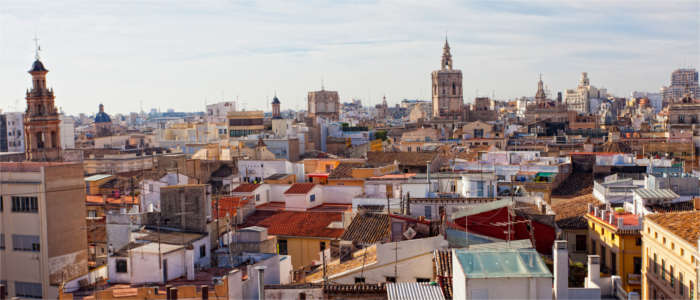
Culture - History versus modernity
Founded by the Romans in 138 BC, developed by the Moors and conquered by the Spanish national hero El Cid - Valencia is a city with an eventful past. Several buildings such as the Basílica de la Virgen de los Desamparados or the Iglesia de San Esteban bear witness to its glorious history to the present day. One of the city's landmarks is the Torre del Miguelete, the Gothic tower of Valencia Cathedral from the 14th century. The cathedral itself was build on the remains of a former mosque in 1262 and accommodates a goblet from the 1st century BC, which is considered a Holy Grail. Another important sight is the Silk Exchange (Lonja de la Seda) from the 15th century. It is one of the most important Gothic buildings in Europe which is not sacred and has been part of the World Cultural Heritage of the UNESCO since 1996. These historical buildings form a contrast to the futuristic Ciudad de las Artes y de las Ciencias ("City of Arts and Science"), which was built between 1991 and 2005. It was erected in the dry river bed of the diverted River Turia and accommodates the opera house Palau de les Arts Reina, an IMAX cinema, the science museum Museu de les Ciències Píncipe Felipe, a botanic garden and the greatest oceanarium in the whole of Europe, the Oceanogràfic.
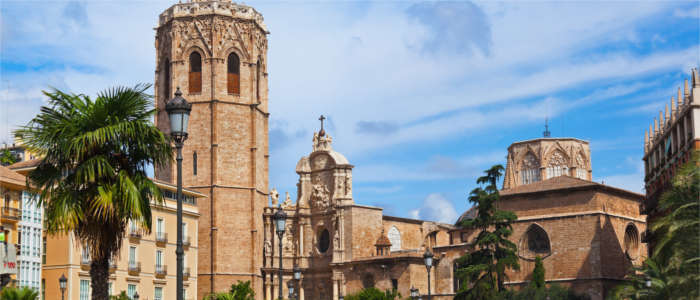
Experience - The fiery spectacle of the Falles and paella valenciana
One of the city's best-known events is the Falles (La Fallas) in spring. This fiery spectacle takes place in March in honour of Saint Joseph, the patron saint of the carpenters, and consists of fireworks, parades, banquets and satirical figures made of wood and papier mâché. The Falles figures are burned at the end of the festival, apart from the most beautiful ones, which are exhibited in the Falles Museum. In addition, two internationally known film festivals take place in the metropolis: the Mostra de Valencía – Cinema del Mediterrani and the Festival International de Cine Valencia - Cinema Jove. The Valencian cuisine is most of all known for its rice dishes. The most famous one is definitely paella. Besides the world-famous paella marinera (with saffron rice and seafood), there is a traditional local version, the paella valenciana, which is prepared with chicken, rabbit and beans. Other specialities are the arroz negro (black rice), the Fideuà (a kind of pasta version of the paella) and the refreshing drink horchata, which is made of earth almonds. The mixed drink Valencian Water (Agua de Valencia) contains cava, gin and freshly squeezed orange juice and is popular with party-goers. You meet them in one of the many bars in the Barrio del Carmen. Other worthwhile destination for going out are the Avenida de Aragón, the Avenida Blasco Ibañez and the Avenida de Neptuno at the harbour.
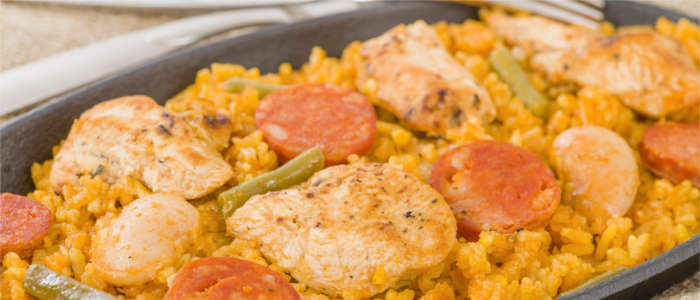
Activities - Sightseeing and water sports
Valencia has a lot to offer for city tourists. The Valencia Tourist Card is the ideal way of combining business with pleasure. This way, you have free admission to all museums and can use the public transport for free. The card even includes a transfer to the city's airport. Valencia has three beaches (Playa de las Arenas, Playa de Malvarrosa, Playa de la Patacona), which are not far away from the city centre. They offer excellent conditions for going sunbathing, swimming, diving, sailing, surfing and other water sports.
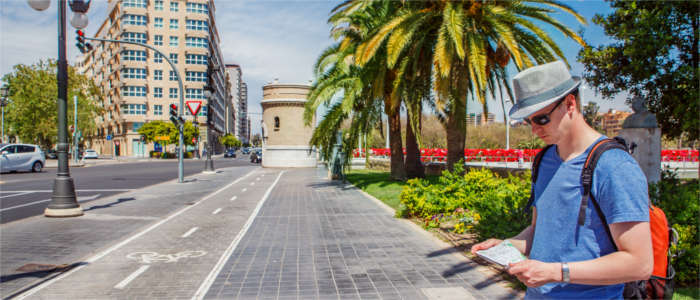
Information
A trip to Valencia is a good idea at any time of the year, thanks to the pleasantly warm Mediterranean climate. The months of spring or autumn are particularly suited for city trips. The best time for holidays at the seaside are the summer months.
A city trip to Valencia is the perfect way of experiencing both Spain's history and tomorrow's modernity. In addition, the city's beaches offer great conditions for a number of leisure activities, so that not only lovers of history and culture but also active holidaymakers get their money's worth.

